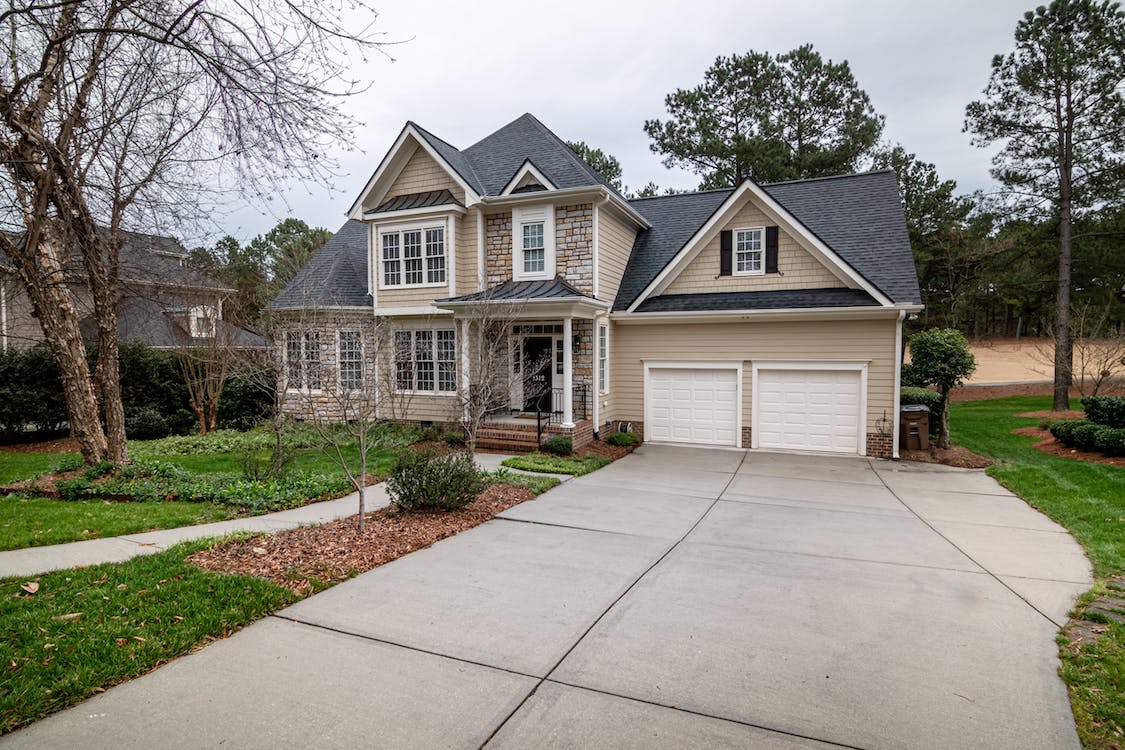
Mortgage Rates Surge to the Highest Level Since 2000
Mortgage rates experienced a notable increase on Monday, driven by a rise in bond yields fueled by investor concerns regarding prolonged high interest rates and inflation. According to Mortgage News Daily, the average rate on the popular 30-year fixed mortgage reached 7.48%, marking the highest level since November 2000. In just the past week, it rose by 29 basis points.
Matthew Graham, the Chief Operating Officer of Mortgage News Daily, commented on the situation, explaining that investors are not observing the anticipated deterioration in economic data. He noted that the Federal Reserve would likely prioritize a policy shift towards short-term rates once the desired level of deterioration is witnessed.
Consequently, longer-term rates, such as 10-year Treasury yields and mortgages, are currently facing the negative rate sentiment prevailing in the market. This situation will likely persist until data compels the Federal Reserve to begin discussing the first rate cut.
The impact of higher rates is being felt by prospective homebuyers, exacerbating the challenges posed by inflated home prices resulting from the Covid pandemic. Throughout 2020, mortgage rates marked record lows, stimulating a surge in home purchases that caused prices to rise by over 40% between the start of the pandemic and the summer of 2022. Although prices experienced a slight decline at the end of last year, they are now once again on the rise due to ongoing strong demand and limited supply.
Higher mortgage rates further contribute to the supply shortage. Existing homeowners are hesitant to list their homes for sale as the majority of them currently enjoy rates at or below 3%. Moving to another home would result in more than doubling their mortgage rate, creating what is now referred to as “golden handcuffs” among potential sellers.
The affordability difference for buyers between now and just a year ago is significant. Around this time last year, the average rate on a 30-year fixed mortgage was approximately 5.5%. For someone purchasing a $400,000 home with a 20% down payment on a 30-year fixed loan, the monthly payment today, inclusive of principal and interest, is roughly $420 higher than it would have been a year ago.
As a result, more borrowers are now considering adjustable-rate loans, which offer lower interest rates for shorter fixed terms. According to the Mortgage Bankers Association, the average rate on a 5-year adjustable-rate mortgage (ARM) last week was 6.2%. The share of applications for ARMs has risen to 7%, in contrast to less than 2% in 2020 when the 30-year fixed rate set multiple record lows.
The nation’s homebuilders have been making efforts to mitigate the impact of increased mortgage rates through various strategies such as rate buydowns, both for short-term and long-term durations, as well as price reductions. These measures had been scaled back earlier this year due to strong demand and declining rates; however, they have recently been reintroduced.
In August, there was a significant decline in homebuilder sentiment, with builders attributing higher interest rates as the primary cause.










